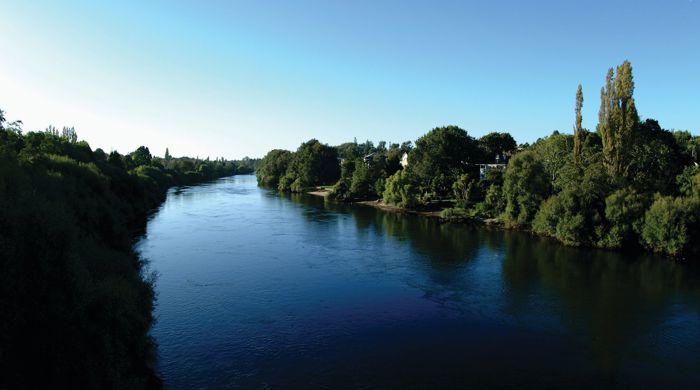Kia tupu, kia hua, kia puaawai
To grow, prosper and sustain
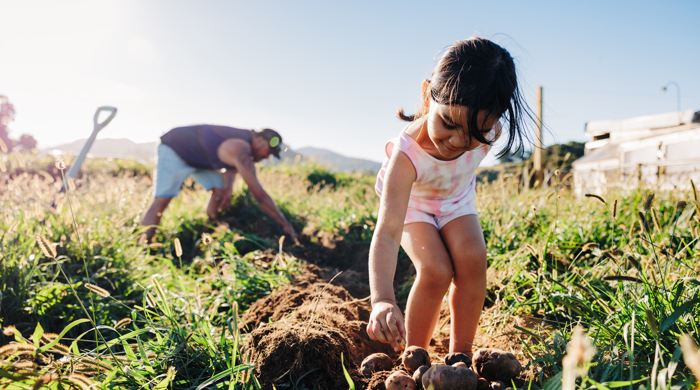
About us
Our tohu
The Waikato-Tainui tohu has been designed to reflect our pride in our tribal heritage. It visually symbolises Waikato the iwi and Tainui the waka.
About our iwi
Waikato-Tainui manages tribal affairs for over 85,000 members. The governance structure is led by two representatives of each marae, which act as its parliament and is known as Te Whakakitenga o Waikato. We appoint an executive committee known as Te Arataura which oversees the operational functions of the organisation.
Waikato-Tainui oversee the operational functions that strive to meet the social and cultural needs of our diverse membership. We oversee and implement the Waikato Raupatu Claims Settlement Act 1995 and the Waikato-Tainui Raupatu Claims (Waikato River) Settlement Act 2010 and related statutory and regulatory reform. We also lead and monitor our outstanding Treaty claims.
Tainui Group Holdings makes up the commercial arm of the group. Its primary role is to deliver an annual dividend so that the tribe can use those funds to meet the social and cultural needs of its members. Our settlement has helped us build a solid financial foundation.
Vision
Maaku anoo e hanga tooku nei whare
Ko ngaa pou oo roto he maahoe, he patatee
Ko te taahuhu, he hiinau
Me whakatupu ki te hua o te rengarenga
Me whakapakari ki te hua o te kawariki.
I shall fashion my own house
The support posts shall be of maahoe, patatee
The ridgepole of hiinau
The inhabitants shall be raised on rengarenga
Nurtured on kawariki.
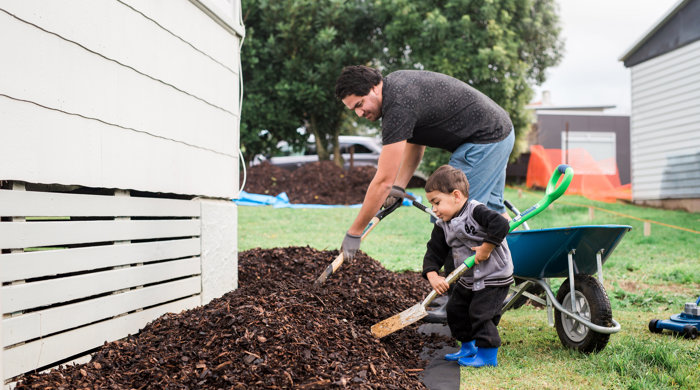
Mission
The long-term vision for our people is captured in Whakatupuranga 2050. Our success is measured against:
- fluency in te reo Maaori
- strength in tikanga
- better health outcomes
- members who are well-educated, financially secure, environmentally conscious and socially sound.
All of this is underpinned by a strong commitment to Kiingitanga.
In the changing global environment, the world our future generations live in will be significantly different to ours. Our approach for moving forward is one that embraces change and focuses on supporting our marae and tribal members by optimising our resources and leveraging our relationships.
Waikato-Tainui also has an important advocacy role to play. We ensure that the various Crown commitments are actively maintained in a way that accurately reflects the intent of our settlement legislation. We engage directly with local, regional and central government on matters that impact our people.
Values and principles
The unifying ‘Principles of Kiingitanga’ underpin the values that shape us as a people. These are:
Whakaiti | Humility
Whakapono | Trust and Faith
Aroha | Love and Respect
Rangimarie | Peace and Calm
Manaakitanga | Caring
Kotahitanga | Unity
Mahitahi | Collaboration
Our priorities
Ka whakamiri noa i toona aratau, e tia nei he tupu pua hou
We strive to restore and enhance our wai and whenua to the state described in the above maimai aroha of Kiingi Taawhiao. This was a lament for the beauty of the natural environment in his Waikato lands as he made his way to Te Rohe Pootae following Raupatu.
This maimai aroha is the key driver and indicator of environmental health and wellbeing in our environmental plan. It is a vision that is shared by all who manage or use environmental resources or that undertake activities that affect the environment.
As kaitiaki, we must continue to restore our wai and whenua to a state fit for our mokopuna, while remembering to share this responsibility with those around us.
Strategic focus
We use our taiao specialists and environmental plan to produce clear, measurable standards for our wai and whenua which we monitor and enforce.
Our current strategic focus is to:
- secure and protect our environmental rights and interests for the benefit of our taiao and tribal members.
- help our whaanau develop the skills they need to restore our wai and whenua.
- lead our community in setting and achieving our own environmental standards for our wai and whenua.
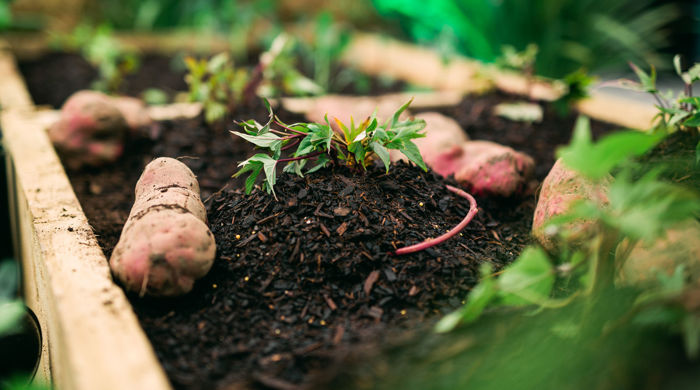
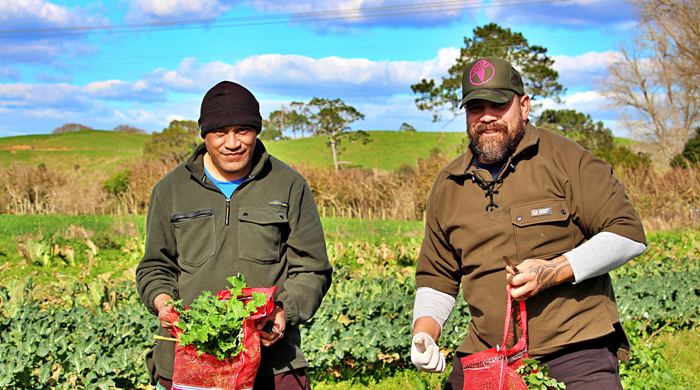
Our environmental plan
The Waikato-Tainui Environmental Plan, Tai Tumu Tai Pari Tai Ao is developed out of Whakatupuranga 2050. Whakatupuranga 2050 is a long-term development approach to building the capacity of Waikato-Tainui marae, hapuu and iwi, and will be a legacy for those who come after. One of the key strategic objectives includes tribal identity and integrity, which aims to grow our tribal estate and manage our natural resources.
Waikato-Tainui supports and promotes a coordinated, co-operative, and collaborative approach to natural resource and environmental management, restoration, and care within the Waikato-Tainui rohe. Through the environmental plan, Waikato-Tainui seeks to achieve a consistent approach to environmental management across the WaikatoTainui rohe.
The plan is a living, evolving document that will be monitored and revised to ensure it remains relevant and provides a framework for continuous improvement.
Read the Waikato-Tainui Environmental Plan on our website.
Native and threatened species
The Waikato-Tainui rohe is home to approximately 170 indigenous bird, mammal, reptile, amphibian, and freshwater fish species. Indigenous animals include:
- tuatara
- pekapeka-tou-roa
- matuku-hūrepo
- tuna
- whitebait
- native frogs and other very rare and endangered species.
There are also at least 900 known indigenous plant species. Those found in the Waikato are valuable cultural resources. They serve as kaitiaki and are natural indicators of environmental health.
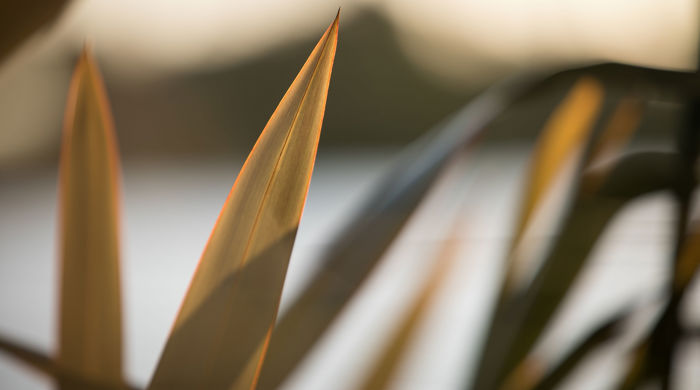
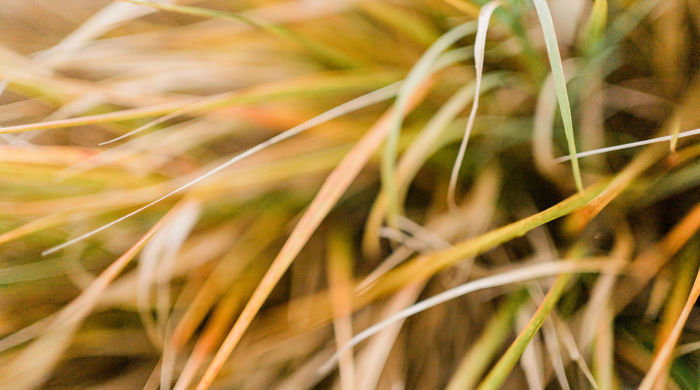
History of our taiao
Prior to Raupatu, the Waikato region was renowned for the abundance of natural resources that lay within the rivers, lakes, wetlands and their catchments, and ngahere. Manu such as kiwi, kookako, kaakaa, tuuii, kereruu and hihi were found commonly throughout the ngahere.
The alluvial soils, sands and gravels carried and deposited by the rivers provided the beds and materials for Waikato-Tainui maara. Valued weaving resources such as harakeke, kiekie and ngaawhaa graced many of the riverbanks and wetlands.
Waikato-Tainui traditions also speak of the lakes and wetlands teeming with large numbers of tuna, koura, whitebait and kaeo.
Post-1840, three-quarters of the indigenous vegetation of the Waikato was removed to make way primarily for agricultural use. Eight of the nine indigenous ecosystem types found in the Waikato-Tainui rohe (as identified by the Waikato Biodiversity Forum) are threatened by a lack of adequate legal protection, incompatible adjacent land uses and human-related impacts within their catchments.
Decline and extinction of native species
The greatest losses have occurred in:
- lowland areas (18 per cent indigenous ecosystems remaining)
- coastal zone (28 per cent remaining)
- sub-montane zones (zones at the base or lower slopes of maunga) (34 per cent remaining).
Habitat loss and introduced species, like ship rats and plants, have caused the decline and extinction of many native plants and animals. Some of these introduced species are invasive pests that have caused harm to the environment, economy and human health.
The 1998 Waikato State of the Environment Report stated that 223 flora and fauna species are declining or threatened with extinction in the Waikato Region.
The prevention of new pests and diseases from inhabiting the environment and the removal or reduction of pest species from existing areas are necessary to prevent the continued decline of remaining natural areas. Waikato-Tainui takes a proactive role in pest management in the rivers and ngahere.
To learn about our invasive fish efforts, watch a presentation by the Waikato River Raupatu Trust at a 2014 workshop.
Protecting our taonga
Today, the Waikato-Tainui rohe provides habitat for at least three nationally endangered animal species which include kaakaa, kookako and the pekapeka-tou-roa and a declining species, the giant kookopuu. It is important to Waikato-Tainui that the remaining indigenous species are protected from further depletion and other threats to their wellbeing, and that their populations and habitats are enhanced and/or restored.
Waikato-Tainui culture, tikanga and kawa has evolved with the indigenous flora and fauna of the tribal area and Waikato-Tainui are part of the natural heritage of the land. Losing an indigenous species impacts on the whakapapa of the Waikato-Tainui landscape and threatens the survival of Waikato-Tainui culture and traditional activities. Extinctions or declines in a species or habitat have an impact on maatauranga of the ecosystem and environment and the information that can usefully be passed on to future generations of kaitiaki for the benefit of te taiao and all people in the region.
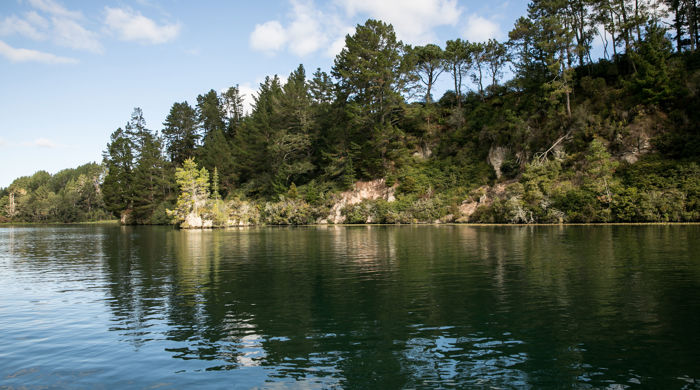
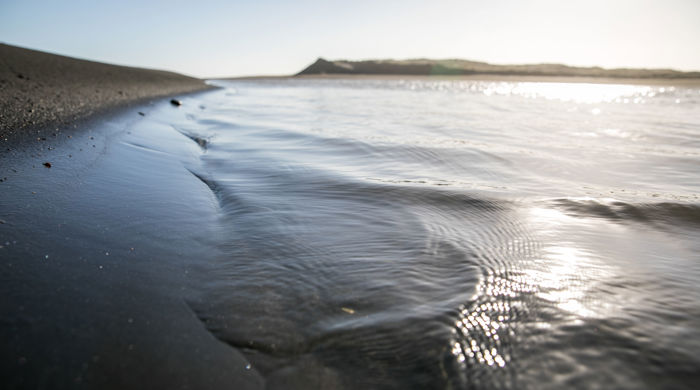
Our environmental work
We connect to our whenua and our taiao through our maara kai and our and native plant nursery and innovation hub in Hopuhopu.
The Waikato-Tainui nursery actively reflects its role as kaitiaki of our whenua and operates with a balance between environmental, cultural, and commercial self-sustainability, prioritising a nurturing environment for people and ecology through active planting projects, training opportunities and successful commercial practice.
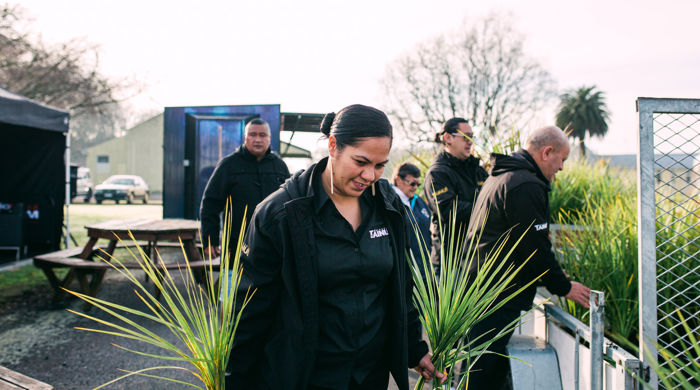
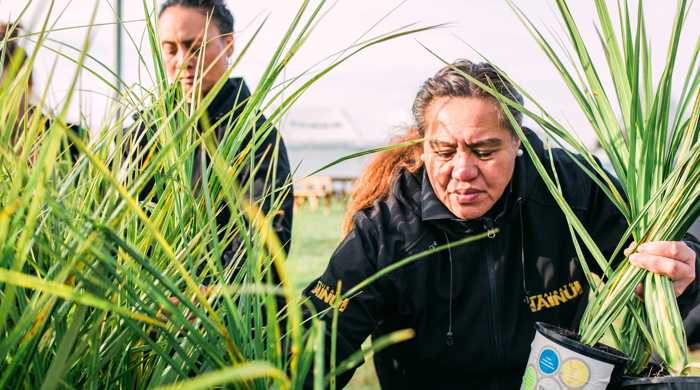
Para kore - working towards zero waste
Waikato-Tainui supports Para Kore's vision for a world without waste. The zero-waste programme is based on maatauranga Maaori and aims to reduce waste and restore and nourish te taiao.
Initially created for marae in the Waikato region, the programme's success has resulted in government, businesses, community and other groups being educated about the importance of waste minimisation and a circular economy.
Hear Hemi Peke from Raungaiti Marae speak about the importance of Para Kore.
Climate change
We have currently have three booklets available online, focused on climate change - Te Hurihanga Taiao o Tainui Waka / The changing of our environment within Tainui Waka.
See the Waikato-Tainui website to read these.
Working with us
Given the challenges facing te taiao, Waikato-Tainui recognise that the work of pest management and the restoration of native species, habitats and ecosystems so future generations can live safely must be a shared responsibility. As kaitiaki, Waikato-Tainui bring perspectives on environmental management and sustainability that have been tested and refined through generations of traditional ways of living and knowing. We seek to partner with agencies, businesses, community and other groups to form long-term relationships based on tikanga, transparency, good faith, patience and understanding.
Contact us
Use the Contact us button below to get in touch with us. Auckland Council staff will support you to engage with us appropriately.



